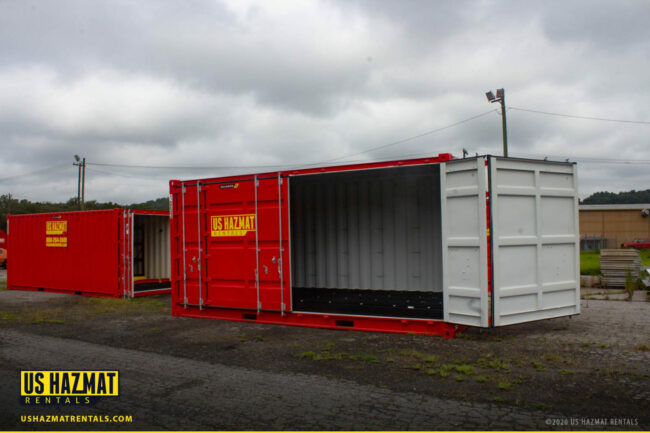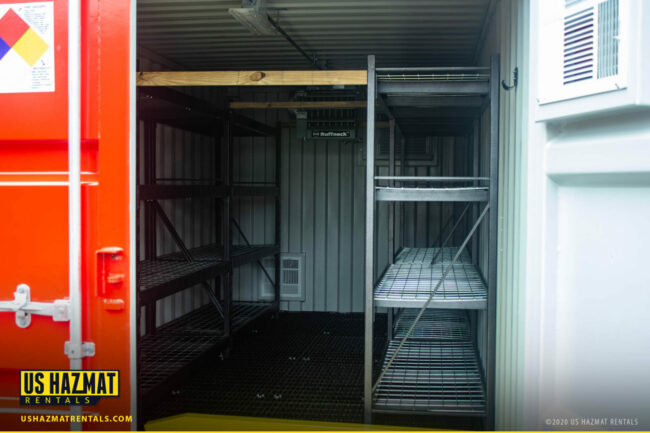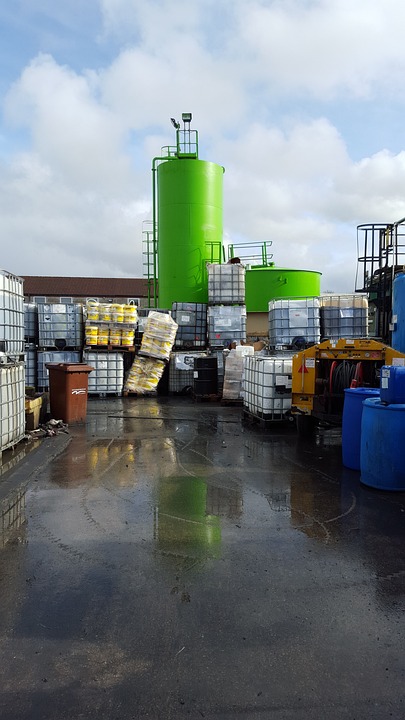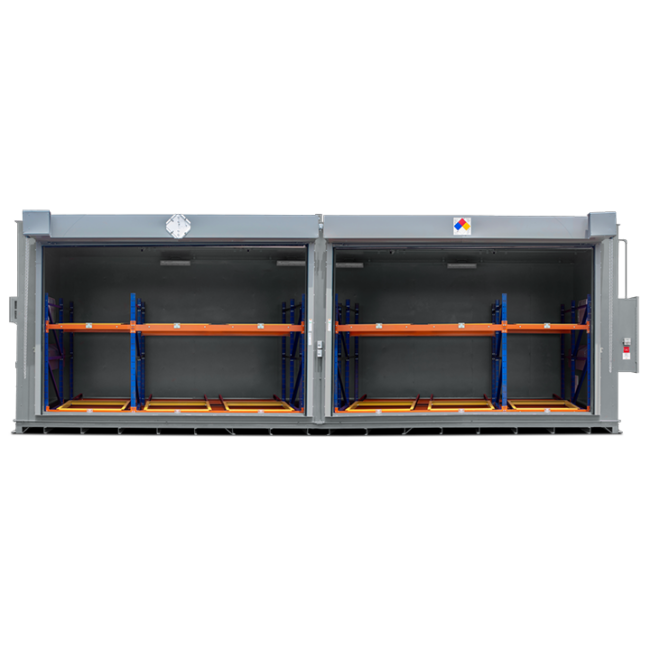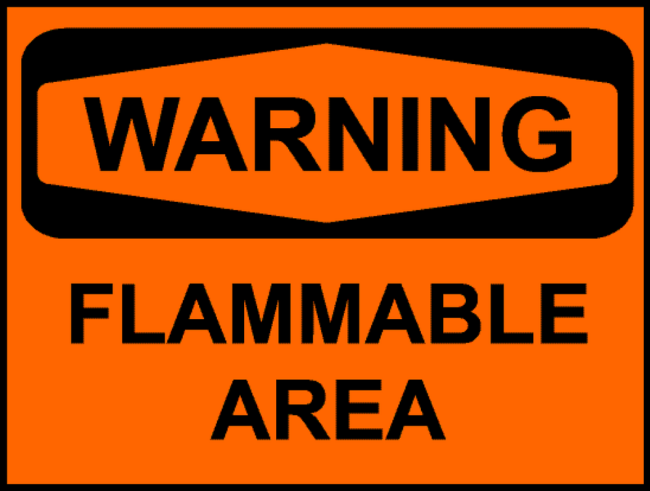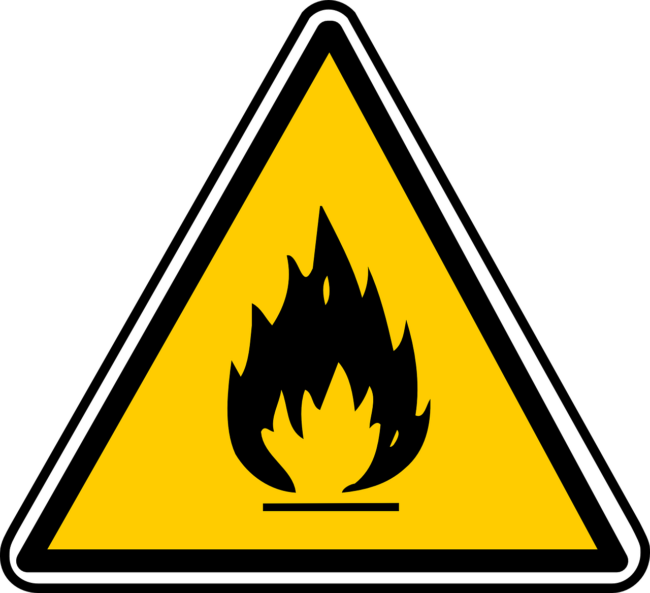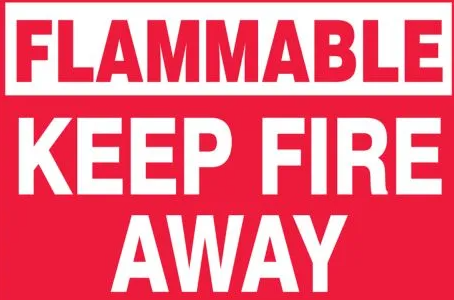Why Do We Store Hazardous Materials?
One nasty byproduct of the Industrial Revolution is the growing prevalence of hazardous materials and pollution. While high-octane petroleum and powerful disinfectants increased factory productivity, our ecosystem became littered with carbon contaminants and viscous sludge, sterilizing microscopic food chains and siphoning drinkable water supplies. To curb wanton environmental destruction, the EPA stepped in to safeguard…
